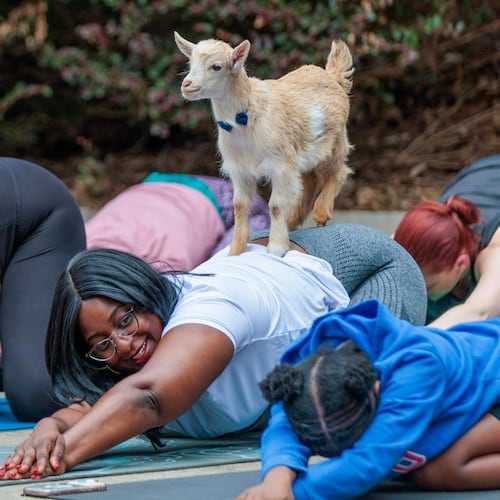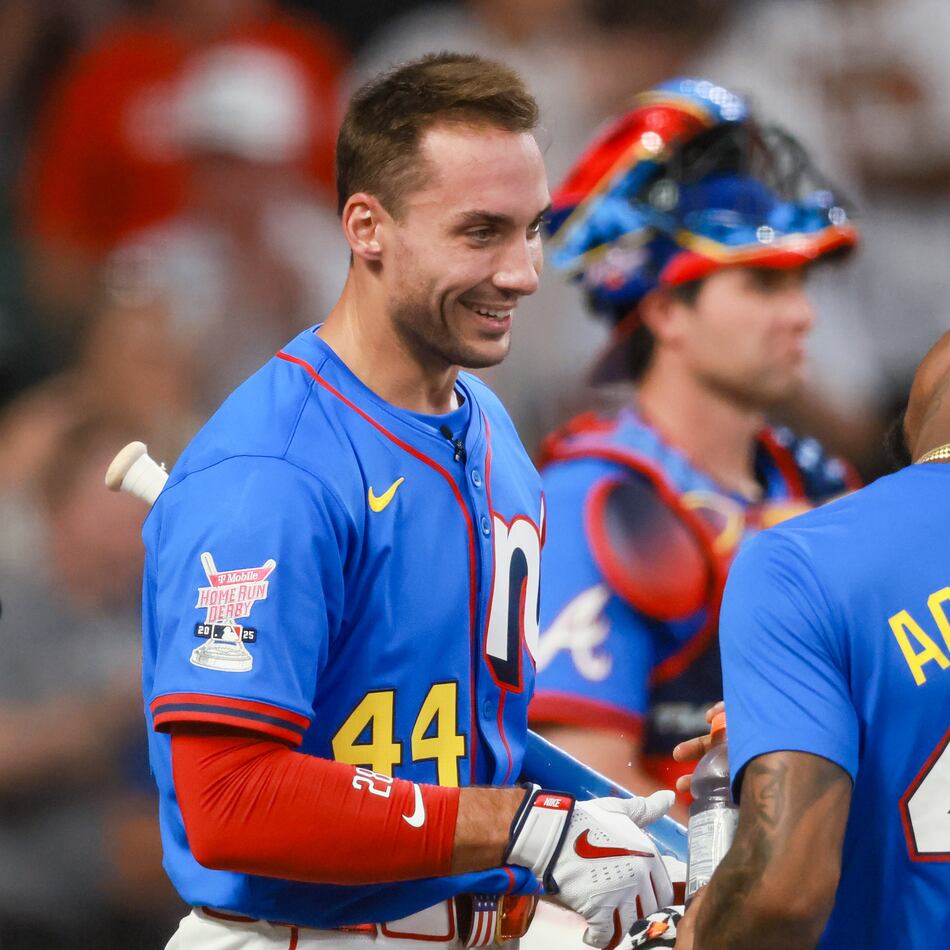A documentary that opens Friday in Atlanta reveals a tranquil cove in Japan where dolphins are routinely captured for purchase by marine parks or slaughtered for meat — about 23,000 per year.
A gruesome scene in “The Cove” when water shifts from clear to red rocked critics and film festival audiences. It was no surprise to Lori Marino, a senior lecturer in neuroscience and behavioral biology at Emory University. She studies dolphins and whales, and a clip of her research appears in the film. Marino was in touch with the film’s director, National Geographic photographer Louie Psihoyos, and its star, activist Ric O’Barry.
She has long known about the Japanese kill drives, and expects the film will make people question dolphins as meat — and as creatures on display.
The Georgia Aquarium condemns the drives as “horrific” and “inhumane.” The Alliance of Marine Mammal Parks and Aquariums says it refuses membership to parks who get animals from the drives. Only some facilities outside North America, Europe and other Western areas buy from fisheries, they say.
The problem may seem far away, but Marino argues it’s not. Her perspective lines up with the film’s thriller-style narrative: If demand for live dolphins disappeared, it wouldn’t be worthwhile for fisheries to keep providing mercury-laden dolphin meat.
Regardless of where the animals come from, buying and selling tickets to see them in captivity, “sends a global message it’s an OK thing to do,” Marino said. “We have become a bad role model.”
Bill Hurley, Georgia Aquarium senior vice president and chief animal officer, said, “It’s really silly to believe [captivity] is driving an industry.” The aquarium is among those that have sent letters to governments, though it hasn’t pressured individual parks to stop buying from the drives.
“We try to lead by example [rather] than by verbal condemnation, to invite them to look at our animal care standards and train from them,” Hurley said. “It seems more important that people invest their time in speaking with younger generations that may decide over time it’s not an animal they want to eat.”
Marino doesn’t buy it. She has been a vocal critic of the Georgia Aquarium’s large animal programs, arguing that no fish tank can compare to an ocean. But she understands the other side of the argument. In 2001, she and a colleague published the study shown in “The Cove,” revealing that captive bottlenose dolphins recognize themselves in mirrors. She loved those dolphins and rebuffed hate mail from animal activists at the time.
But both dolphins are dead now, probably dying sooner than they would have in the wild. She decided against research that required captive animals, instead steering her work toward brain imaging and evolution, relying mostly on material from animals who died naturally and drifted onto land.
Marino teaches ethics courses now and calls herself an animal advocate — a scientist seeking nonadversarial solutions. She has no doubt that animal keepers and trainers love the creatures they work with, that they are horrified by the massacre in film. But Marino says it’s a chance to expose the worst elements of the captivity industry.
As for Atlanta, the Georgia Aquarium already has a dolphin conservation program. A dolphin facility is under construction, slated to open in 2010. Officials say they’ll make it clear that none of their dolphins came from the wild, but were born in captivity.
About the Author
Keep Reading
The Latest
Featured

